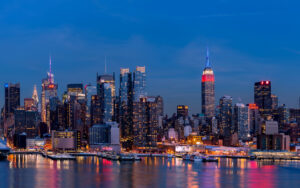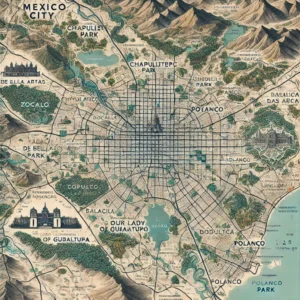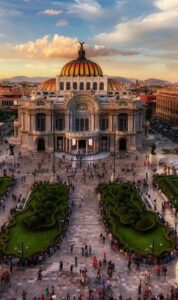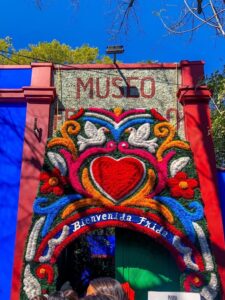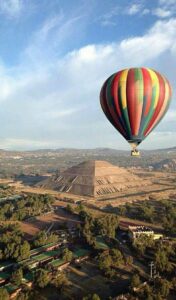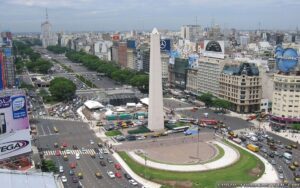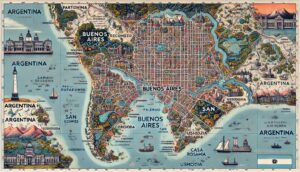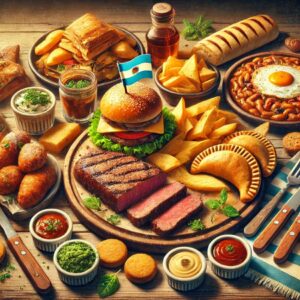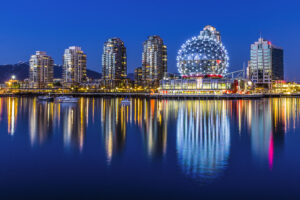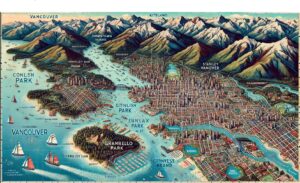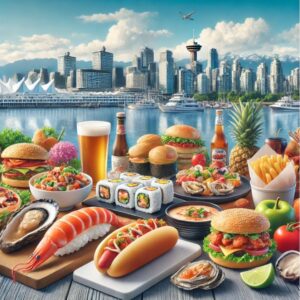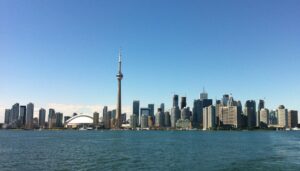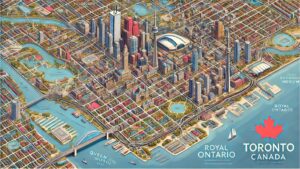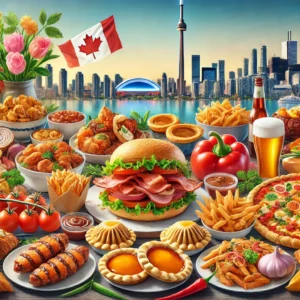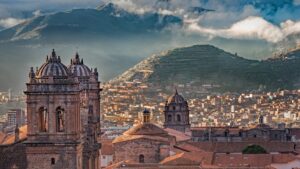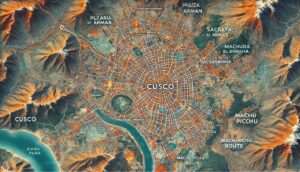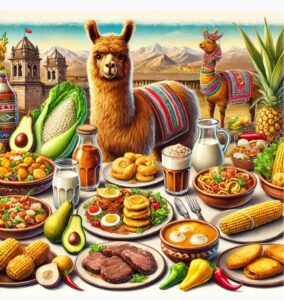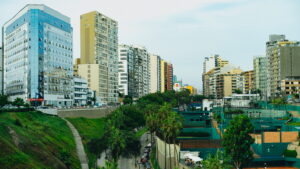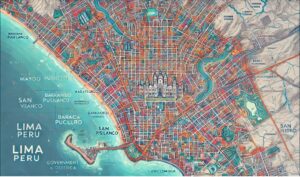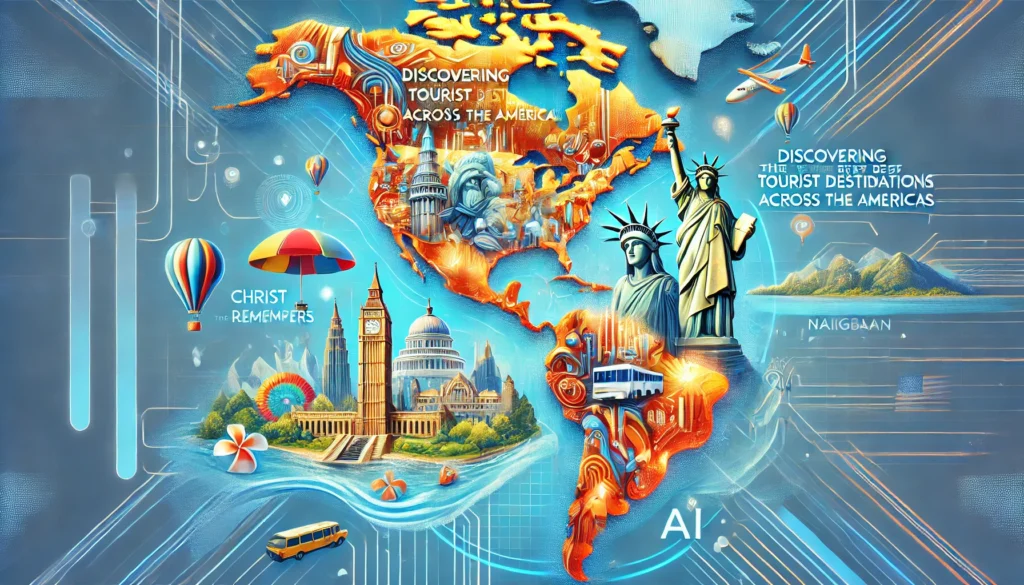
Tourism is a thriving industry that plays a crucial role in connecting people to diverse cultures, traditions, and landscapes. In an era driven by technology, artificial intelligence (AI) has become an indispensable tool in researching and exploring the world’s best travel destinations. AI allows for the extraction of detailed, up-to-date, and accurate information, making travel planning more efficient and tailored to individual preferences. In this comprehensive guide, we explore ten of the top tourist cities across the Americas, using AI-generated insights to provide precise and integrated information on their history, geography, top tourist attractions, accommodations, local culture, food, and more. These cities are ranked according to their popularity, cultural significance, and natural beauty, making them ideal destinations for travelers in both North and South America.
1. New York City, USA
History:
New York City, founded in 1624 by Dutch settlers as New Amsterdam, has evolved into one of the world’s most iconic cities. A hub of finance, culture, and entertainment, it has played a central role in the history of the United States, particularly as a gateway for immigrants entering through Ellis Island.
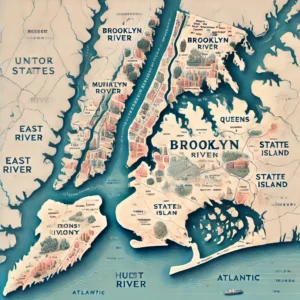
Geography:
Located on the northeastern coast of the United States, NYC is spread across five boroughs—Manhattan, Brooklyn, Queens, The Bronx, and Staten Island. The city is bordered by the Hudson River, East River, and the Atlantic Ocean.
Top Attractions


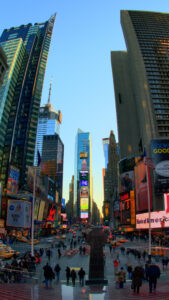
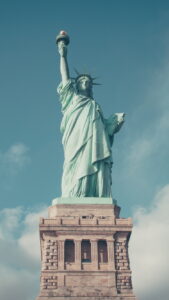
-
- Statue of Liberty: A symbol of freedom and democracy, welcoming visitors from all over the globe.
-
- Empire State Building: Offering breathtaking views of the city from its observation deck.
-
- Central Park: A massive urban park that offers a green escape from the city’s hustle and bustle.
-
- Broadway: World-renowned for its theaters and musicals.
Best Hotels:
-
- The Plaza Hotel: Iconic luxury near Central Park.
-
- The Standard, High Line: Offering trendy accommodations and stunning views of the Hudson River.
People and Food:

New Yorkers are known for their fast-paced, energetic lifestyle and cultural diversity. The city’s culinary scene is as diverse as its residents, featuring iconic foods like New York-style pizza, bagels, and hot dogs, as well as international cuisine from every corner of the globe.
2. Rio de Janeiro, Brazil
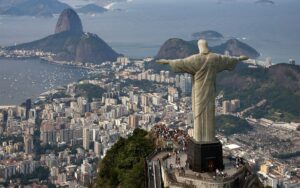
History:
Founded in 1565, Rio de Janeiro was once the capital of Brazil and the seat of the Portuguese Empire during the Napoleonic Wars. The city is known for its rich history, vibrant culture, and the annual Carnival, one of the largest and most famous festivals in the world.
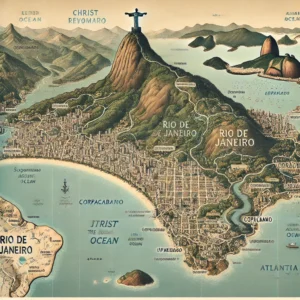
Geography:
Nestled between the Atlantic Ocean and lush mountains, Rio’s geographical beauty is unmatched. The city is framed by Sugarloaf Mountain and Corcovado, the site of the famous Christ the Redeemer statue.
Top Attractions:
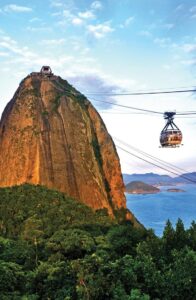
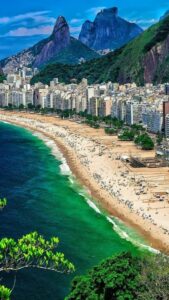

-
- Christ the Redeemer: One of the New Seven Wonders of the World, offering stunning views over the city.
-
- Copacabana Beach: A world-famous beach that embodies the lively spirit of Rio.
-
- Sugarloaf Mountain: Accessible by cable car, it offers panoramic views of Rio’s coastline.
Best Hotels:
-
- Copacabana Palace: An opulent beachfront hotel that has hosted celebrities for decades.
-
- Belmond Hotel das Cataratas: A luxury hotel offering close proximity to Iguaçu Falls.
People and Food:
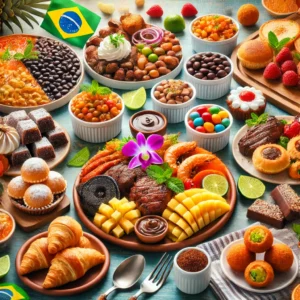
Cariocas (locals) are known for their laid-back and friendly nature, reflecting the easygoing culture of Rio. The cuisine is a delicious blend of Portuguese, African, and indigenous influences, with feijoada (black bean stew) being a signature dish. Beachside caipirinhas are a must.
3. Mexico City, Mexico
History:
Mexico City, originally founded by the Aztecs in 1325 as Tenochtitlan, is one of the oldest cities in the Americas. The Spanish conquest in 1521 transformed it into a major colonial center, and today it stands as a bustling metropolis rich in history and culture.
Geography:
Located in the Valley of Mexico, Mexico City is surrounded by mountains and volcanoes, including the iconic Popocatépetl. The city’s altitude and temperate climate make it a pleasant destination year-round.
Top Attractions:
-
- Zócalo: The main square, home to the Metropolitan Cathedral and National Palace.
-
- Teotihuacan: An ancient Mesoamerican city known for its pyramids, located just outside the city.
-
- : Also known as the Blue House, it offers insight into the life of one of Mexico’s most famous artists.
Best Hotels:
-
- Gran Hotel Ciudad de Mexico: Known for its stunning stained-glass ceiling.
-
- Four Seasons Hotel Mexico City: Luxurious accommodations near Chapultepec Park.
People and Food:
Mexico City’s residents, known as chilangos, are known for their warmth and pride in their city’s history. The city’s culinary scene is world-famous, with street food such as tacos al pastor, tamales, and mole poblano being must-tries.
4. Buenos Aires, Argentina
History:
Buenos Aires, founded in 1536, has been the capital of Argentina since its independence. The city has been a key cultural and political hub in Latin America, influencing arts, literature, and tango.
Geography:
Situated on the western shore of the Rio de la Plata, Buenos Aires features wide boulevards, European-style architecture, and vibrant neighborhoods such as La Boca.
Top Attractions:
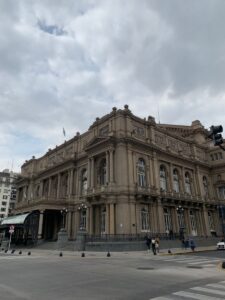

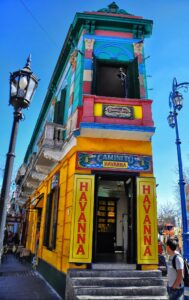
-
- Teatro Colón: One of the best opera houses in the world, known for its acoustics.
-
- Recoleta Cemetery: Final resting place of Argentine icons, including Eva Perón.
-
- : A colorful neighborhood that is home to tango shows and vibrant street art.
Best Hotels:
-
- Alvear Palace Hotel: A luxurious hotel in the upscale Recoleta district.
-
- Faena Hotel: A chic, artsy hotel located in the historic Puerto Madero district.
People and Food:
Porteños (locals) are passionate about soccer, tango, and food. Argentine cuisine is centered around asado (barbecue) and excellent wines, with empanadas and dulce de leche as beloved staples.
5. Vancouver, Canada
History:
Founded in 1886, Vancouver grew from a small logging town into a bustling metropolis. It has a rich indigenous heritage, with First Nations playing an important role in the area’s history long before European settlers arrived.
Geography:
Nestled between the Pacific Ocean and the Coast Mountains, Vancouver is known for its natural beauty. The city offers year-round outdoor activities, from skiing in the nearby mountains to kayaking along its shores.
Top Attractions:
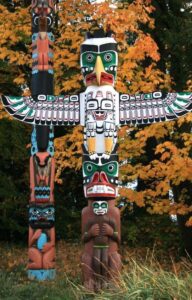
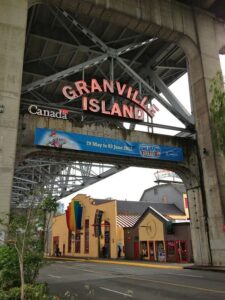
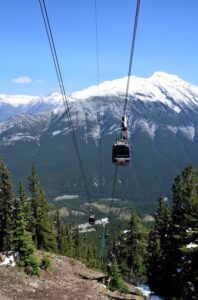
-
- Stanley Park: A massive urban park offering trails, beaches, and an aquarium.
-
- Granville Island: A cultural and shopping district filled with artisanal shops and galleries.
-
- Grouse Mountain: Offering outdoor activities such as skiing and hiking, with breathtaking views of the city below.
Best Hotels:
-
- Fairmont Pacific Rim: Offering stunning views of the harbor and the mountains.
-
- Rosewood Hotel Georgia: A historic hotel with luxurious amenities.
People and Food:
Vancouverites are known for their love of the outdoors and environmental consciousness. The city’s multicultural population is reflected in its food, with fresh seafood, sushi, and farm-to-table cuisine being some of the highlights.
6. Havana, Cuba
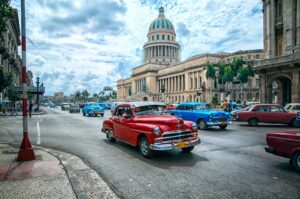
History:
Havana, founded in 1519 by the Spanish, has long been a cultural and political center of the Caribbean. Its colonial history is evident in its architecture, while its more recent revolutionary history adds another layer of interest for visitors.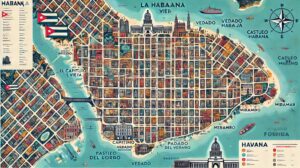
Geography:
Located on the northern coast of Cuba, Havana is a coastal city with a strategic harbor that has historically made it a key port.
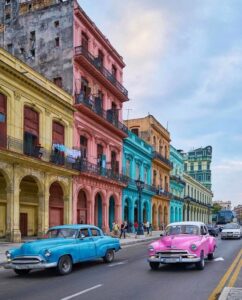
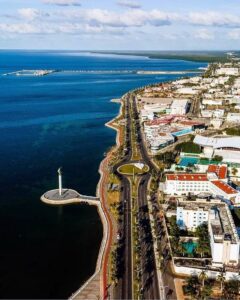

Top Attractions:
-
- Old Havana: A UNESCO World Heritage Site filled with colonial-era buildings and lively plazas.
-
- Malecón: A scenic promenade along the waterfront, perfect for sunset walks.
-
- Museo Nacional de Bellas Artes: Featuring Cuban art from colonial to modern times.
Best Hotels:
-
- Hotel Nacional de Cuba: A historic hotel that has hosted many famous guests.
-
- Iberostar Grand Packard: Offering luxury accommodations with views of the Malecón.
People and Food:
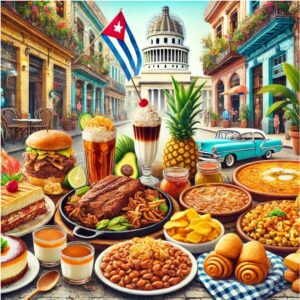
Habaneros are warm and welcoming, with a passion for music and dance. The city’s food scene revolves around traditional dishes like ropa vieja (shredded beef) and plantains, accompanied by mojitos and Cuban coffee.
7. Toronto, Canada
History:
Toronto, once a settlement for indigenous peoples, was officially founded as the city of York in 1793 by British colonists. It has since grown into Canada’s largest city and financial capital.
Geography:
Located along the shores of Lake Ontario, Toronto is a bustling urban center with a diverse population and a skyline dominated by the CN Tower.
Top Attractions:
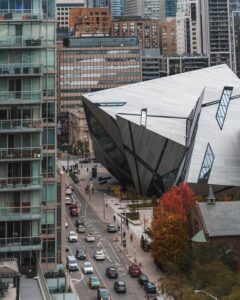
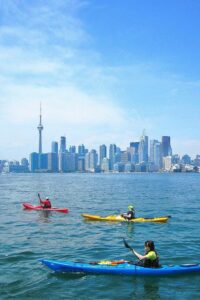
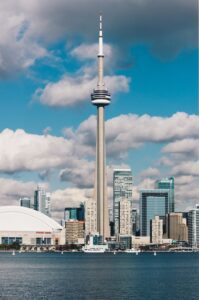
-
- CN Tower: One of the tallest free-standing structures in the world, offering panoramic views of the city.
-
- Royal Ontario Museum: A world-class museum with exhibits ranging from natural history to world cultures.
-
- Toronto Islands: A short ferry ride from the city, offering beaches and parks.
Best Hotels:
-
- Shangri-La Hotel: A luxury hotel located in the heart of the city.
-
- The Ritz-Carlton: Known for its elegance and impeccable service.
People and Food:
Torontonians are known for their friendliness and diversity, with over 140 languages spoken across the city. Toronto’s food scene reflects this diversity, offering everything from Caribbean jerk chicken to Indian curries and Italian pasta.
8. Cusco, Peru
History:
Cusco was once the capital of the Inca Empire, and its historical significance has made it a UNESCO World Heritage Site. It was founded around the 12th century and remains one of the oldest continuously inhabited cities in South America.
Geography:
Located high in the Andes Mountains, Cusco is known for its stunning landscapes and serves as the gateway to Machu Picchu.
Top Attractions:
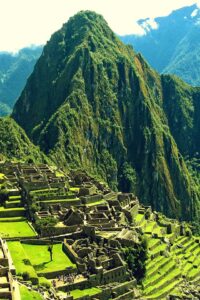
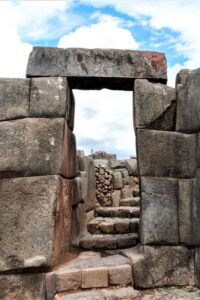
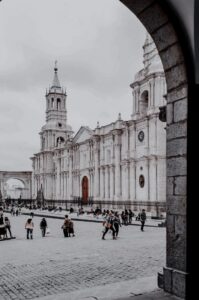
-
- Machu Picchu: One of the most iconic archaeological sites in the world, accessible from Cusco.
-
- Plaza de Armas: The heart of the city, surrounded by colonial architecture.
-
- Sacsayhuamán: An ancient Inca fortress with breathtaking views over Cusco.
Best Hotels:
-
- Belmond Hotel Monasterio: A luxurious hotel set in a former monastery.
-
- Inkaterra La Casona: A boutique hotel in a historic building.
People and Food:
Cusqueños are proud of their indigenous heritage, and Quechua culture remains strong. Traditional dishes include cuy (guinea pig) and alpaca, as well as ceviche and pisco sours.
9. Lima, Peru
History:
Lima was founded by Spanish conquistador Francisco Pizarro in 1535 and served as the capital of the Spanish Viceroyalty of Peru. It remains one of the most important cities in South America.
Geography:
Situated on the Pacific coast, Lima is known for its coastal desert climate and its proximity to both mountains and beaches.
Top Attractions:
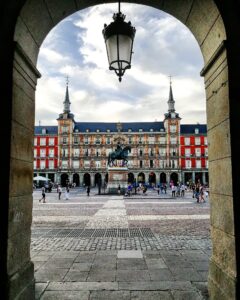
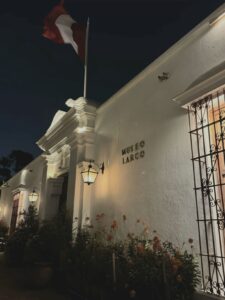
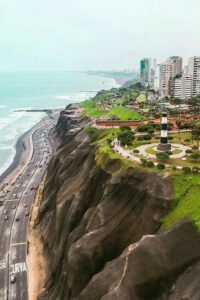
-
- Plaza Mayor: The historic center of Lima, featuring colonial buildings.
-
- Larco Museum: Home to a vast collection of pre-Columbian art.
-
- Miraflores: A coastal district known for its parks, beaches, and nightlife.
Best Hotels:
-
- Country Club Lima Hotel: A historic and elegant hotel.
-
- JW Marriott Hotel Lima: Offering stunning views of the Pacific Ocean.
People and Food:
Limeños are known for their pride in their city’s history and cuisine. Lima is considered one of the gastronomic capitals of the world, with dishes like ceviche and lomo saltado leading the way in its culinary scene.
10. Cartagena, Colombia
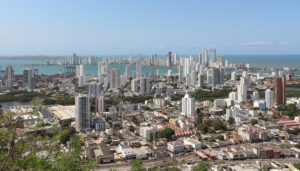
History:
Founded in 1533, Cartagena quickly became one of Spain’s most important ports in the Americas. The city’s history as a colonial stronghold is still visible in its fortifications and architecture.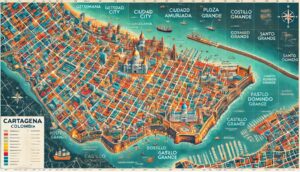
Geography:
Located on Colombia’s Caribbean coast, Cartagena is known for its tropical climate and stunning beaches.
Top Attractions:

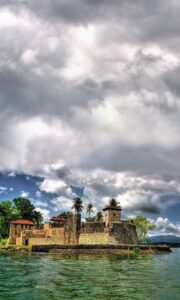
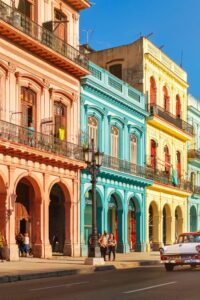
-
- Old Town: A UNESCO World Heritage Site with cobblestone streets and colonial-era architecture.
-
- Castillo San Felipe de Barajas: A massive fortress that once protected the city from pirates.
-
- Rosario Islands: A popular destination for beachgoers and divers.
Best Hotels:
-
- Sofitel Legend Santa Clara: A luxury hotel in a restored convent.
-
- Casa San Agustin: A boutique hotel in the heart of the Old Town.
People and Food:
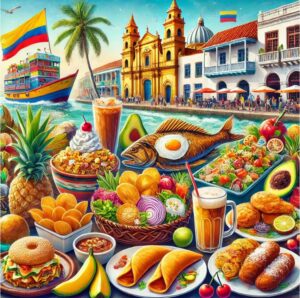
Cartageneros are known for their relaxed and friendly demeanor, reflecting the laid-back vibe of the Caribbean coast. The city’s cuisine features seafood, arepas, and tropical fruits, making it a paradise for food lovers.
Conclusion:
These ten cities across North and South America offer a rich tapestry of history, culture, and natural beauty. Each destination is distinct, from the vibrant energy of New York City to the colonial charm of Cartagena, making these cities some of the most attractive tourist destinations in the Americas. This detailed exploration of the top cities across the two continents showcases the diversity and allure of the Americas, with AI providing a smart and thorough look at what each destination has to offer.

